The US bomb from the WWII era was found during construction work in the Düsseldorf-Derendorf district at Rose Ausländer-Straße at the corner to Elfriede-Bial-Straße.
During the disposal of the bomb, around 900 residents will have to leave their homes within a radius of 250 metres of the site. A further 5,700 people are affected – they are not allowed to leave their homes or be outdoors during the process. The evacuation of the home was due to begin around 7pm on Monday.
An old people's home and a nearby hospital are unlikely to be affected by the evacuation.
Meanwhile, commuters will also be hit by the bomb disposal works.
Trains are not stopping at Düsseldorf-Derendorf from 6pm onwards, Deutsche Bahn tweeted.
1/2 #RE1 / #RE2 / #RE 6 / #S1 / #S6 / #S11 Im Laufe des Nachmittags/Abends #Entschärfung einer #Fliegerbombe in #Düsseldorf–#Derendorf. Die Züge der S-Bahn halten ab 18:00 Uhr nicht mehr in Düsseldorf-Derendorf. Wir können die Auswirkungen leider noch nicht abschätzen.
— DB Regio AG – NRW (@Regio_NRW) November 4, 2019
According to regional news site Der Westen, the following train lines could face disruption or cancellations. Anyone using public transport in the vicinity of the bomb site should also check for any changes to the schedule before travelling.
RE 1: Aachen – Eschweiler – Düren – Horrem – Cologne – Düsseldorf – Düsseldorf Airport – Duisburg – Essen – Bochum – Dortmund – Hamm
RE 1: Hamm – Dortmund – Bochum – Essen – Duisburg – Düsseldorf Airport – Düsseldorf – Cologne – Horrem – Düren – Eschweiler – Aachen
RE 2: Düsseldorf – Duisburg – Essen – Gelsenkirchen – Recklinghausen – Münster
READ ALSO: What you need to know about WWII bomb disposals in Germany
RE 2: Münster – Recklinghausen – Gelsenkirchen – Essen – Duisburg – Düsseldorf
RE 6: Cologne/Bonn Airport – Neuss – Düsseldorf – Düsseldorf Airport – Duisburg – Essen – Dortmund – Hamm – Bielefeld – Herford – Minden
RE 6: Minden – Herford – Bielefeld – Hamm – Dortmund – Essen – Duisburg – Düsseldorf Airport – Düsseldorf – Neuss – Cologne/Bonn Airport
S 1: Dortmund – Bochum – Essen – Mülheim (Ruhr) – Duisburg – Düsseldorf – Solingen
S 1: Solingen – Dusseldorf – Duisburg – Mülheim (Ruhr) – Essen – Bochum – Dortmund
S 6: Essen – Ratingen East – Düsseldorf – Langenfeld (Rheinl) – Cologne
S 6: Cologne – Langenfeld (Rheinl) – Düsseldorf – Ratingen East – Essen
S 11: Düsseldorf Airport Terminal – Düsseldorf – Neuss – Dormagen – Cologne – Bergisch Gladbach
S 11: Bergisch Gladbach – Cologne – Dormagen – Neuss – Düsseldorf – Düsseldorf Airport Terminal
A care centre has been set up at the Justus-von-Liebig-Realschule at Ottweilerstraße 20 for everyone affected.
Throughout Germany, World War II bomb finds – resulting in city evacuations during their detonation – are commonplace.

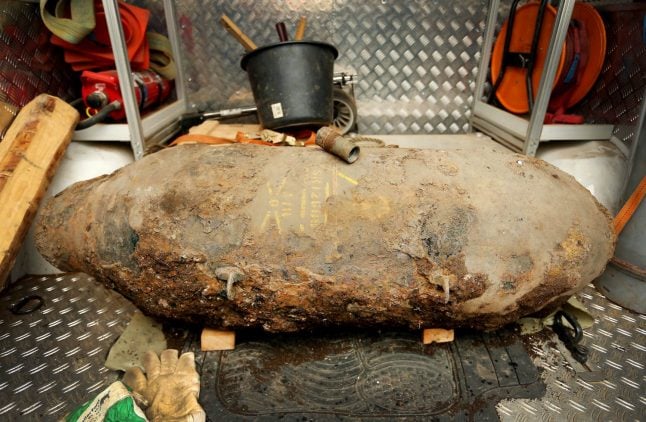
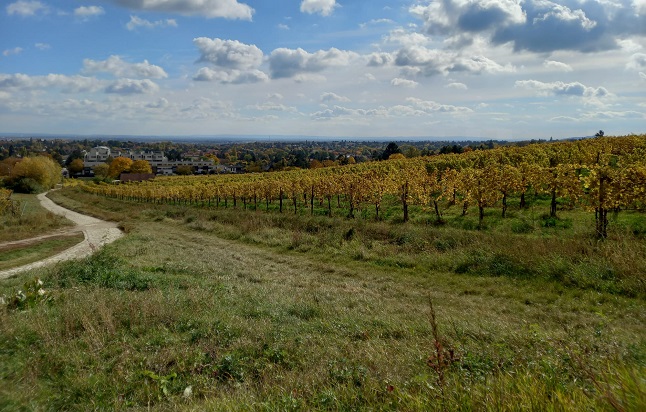
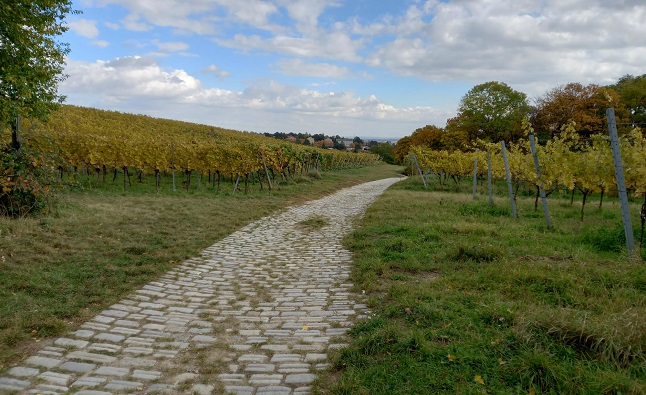
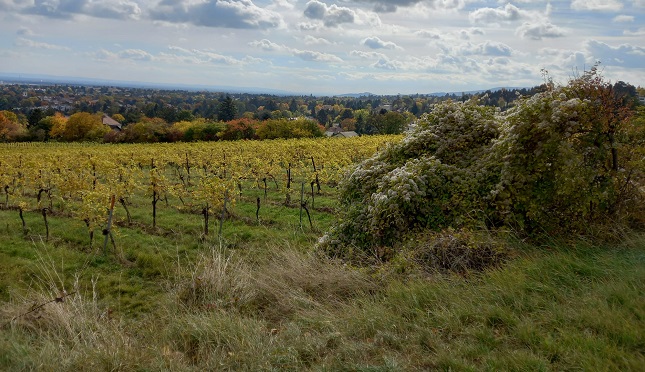
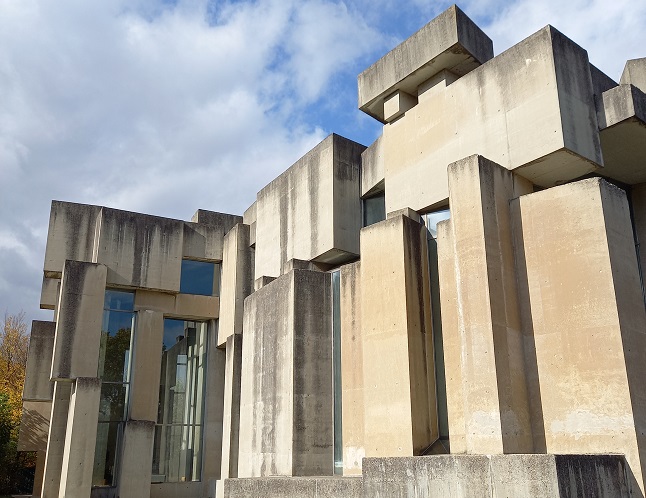
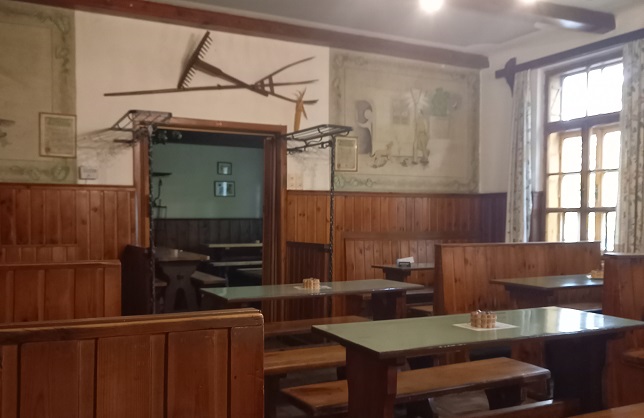
 Please whitelist us to continue reading.
Please whitelist us to continue reading.
Member comments